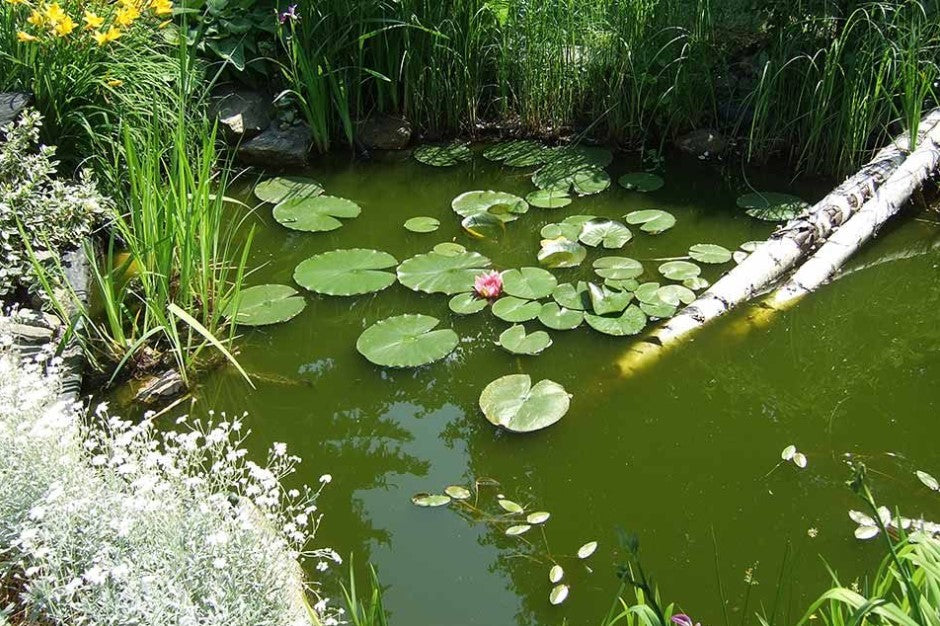
Choosing the Right Livestock for Your Farm Pond
Having your own private fishing hole on your property can be a welcome relief with no need to travel to the nearest lake and in most states you won’t even need a license. Teaching the kids and grandchildren the joys of fishing is also an experience than can be had without the distractions of other people who may not be as courteous around children as you would like. However, now that the pond is in place and is at least a half an acre, before running out and buying livestock, you will need to take stock of your pond. You will need to know the water’s average temperature and its source can offer a good indication. If you have no spring water feeding your pond and it is filled mostly by runoff it will probably be too warm for some species of fish, such as trout. However, even knowing the temperature and types of fish that can survive and populate in your pond may only be the start. In many states you will need to obtain a stocking permit. This allows the state to look over the pond to determine its water source and runoff as well as the ownership of the pond. The inspection will also include looking into the pond runoff or overflow and what nearby waterways could be affected. Once you have the permit you can contact many hatcheries to choose the fish for your pond. Largemouth bass is one of the top picks for locally owned farm ponds as are yellow perch and catfish. If the water temperature is low enough rainbow and brook trout can provide a lot of excitement along the banks of your private fishing spot. You will also need to know the feeding habits of your choice of fish. For example, largemouth bass will require eight pounds of food for every pound they gain and they do not get excited about commercial food. If you choose to stock these fish you will also want to stock plenty of flat head minnows and even some crayfish as a natural food source for them. Farm pond safety is important Another major consideration for owners of farm ponds is safety as knowing How to Manage a farm pond is important. As unfortunate as it may be, the landowner is responsible for any injuries or deaths on their property. In most states, even an uninvited trespasser who drowns in your pond could make you responsible for their death. There are a few things you can do to mitigate this threat such as fencing in the pond. However, due to its size this may not always be feasible. Posting signs such as no swimming or not for recreational use may take some of the responsibility off the land owner. If you are going to allow swimming in your pond you will need to have rescue equipment available and the pond water will need to be regularly tested for contaminants. Once your pond is up and working, fully stocked or ready for swimmers it may be a good time to learn CPR and other life-saving techniques just in case an unfortunate event occurs that puts someone in danger.